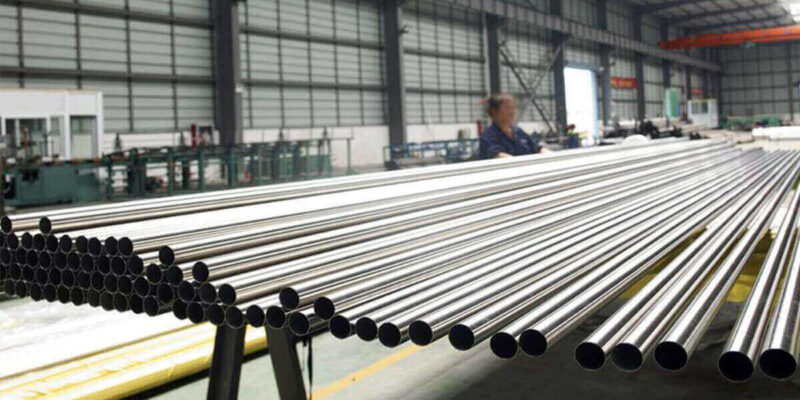Piling pipes are critical components in construction projects, particularly when it comes to providing deep foundations for structures. These pipes are driven into the ground to support heavy loads, ensuring stability and strength for buildings, bridges, and other infrastructure. Stealth Pipe and Steel tuyau de battage offers high-quality piling pipes that are designed to meet the rigorous demands of construction projects. But what exactly is piling pipe, and where is it commonly used?
1. Understanding Piling Pipes
Piling pipes, also known as driven piles, are large-diameter pipes used in the construction industry to transfer loads from structures to the ground. They are typically made from steel, providing the necessary strength to support heavy loads. The pipes are driven into the soil using hammers or vibratory equipment until they reach a stable layer of soil or rock. This process creates a deep foundation that can support significant weight, making piling pipes essential for large-scale construction projects.
2. Common Applications of Piling Pipes
Piling pipes are used in a variety of construction applications, each requiring different specifications based on the project’s needs. Here are some common uses:
- Building Foundations: In high-rise buildings, piling pipes are driven deep into the ground to create a stable foundation that can support the weight of the structure. This is particularly important in areas with poor soil conditions, where surface foundations may not be sufficient.
- Bridge Construction: Piling pipes are often used to support the piers of bridges, transferring the weight of the bridge and the vehicles traveling on it to a more stable layer of earth or rock below. This ensures the long-term stability and safety of the bridge.
- Marine Structures: Piling pipes are also used in the construction of docks, piers, and offshore platforms. These structures require deep foundations to withstand the dynamic forces of water currents and waves. Piling pipes provide the necessary support and durability in these challenging environments.
- Retaining Walls: Piling pipes can be used to construct retaining walls, which prevent soil from collapsing and protect structures from landslides or erosion. The pipes are driven into the ground along the wall’s path, providing a solid anchor that holds the soil in place.
3. Types of Piling Pipes
There are several types of piling pipes, each suited for different construction needs. The most common types include:
- Open-Ended Pipes: These pipes are open at both ends, allowing soil to enter the pipe as it is driven into the ground. Open-ended pipes are often used in situations where soil displacement is not a concern.
- Closed-Ended Pipes: These pipes have a closed bottom, which displaces soil as they are driven into the ground. This type of piling pipe is commonly used in dense soil or rocky conditions.
- Spiral Welded Pipes: These pipes are manufactured using a spiral welding process, making them strong and suitable for deep foundation applications.
Conclusion
Piling pipes are an integral part of modern construction, providing the deep foundations necessary to support heavy structures. Stealth Pipe and Steel tuyau de battage supplies high-quality piling pipes that are used in a wide range of applications, from building foundations to marine structures. Understanding the purpose and use of piling pipes helps ensure that construction projects are built on solid ground, ensuring stability and safety for years to come.

Comments